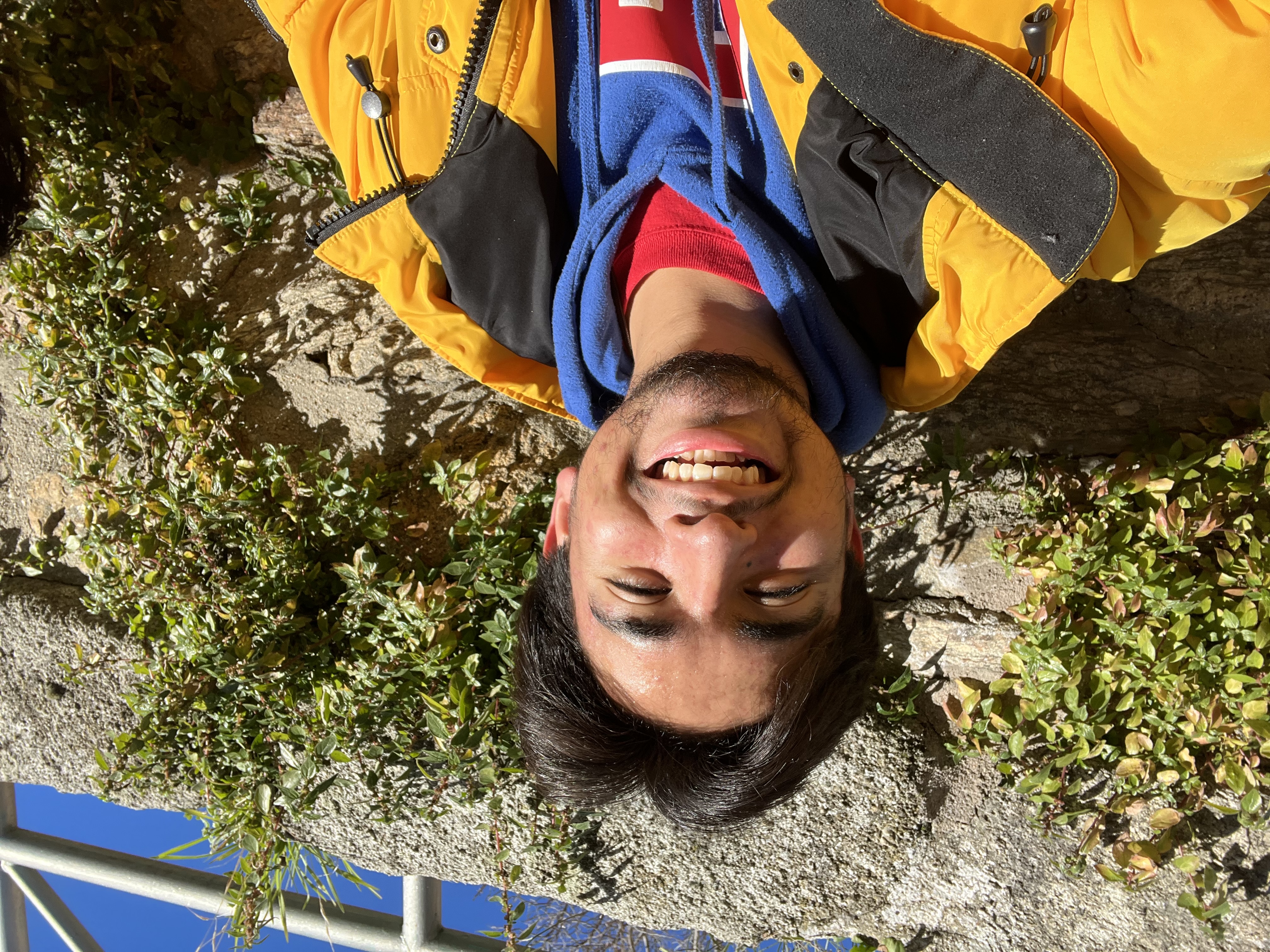Celebration of Scholars
#53: The understanding of Janus167: Identification and characterization of the bacteriophage Janus167
 Name:
Juan Gómez-Solis
Name:
Juan Gómez-Solis
Major: Biology & Spanish
Hometown: Kenosha, WI
Faculty Sponsor: Deborah Tobiason
Other Sponsors:
Type of research: Course project
Funding: HHMI SEA PHAGES
 Name:
Leanna Firkin
Name:
Leanna Firkin
Major: Neuroscience
Hometown: Rising Sun, MD
Faculty Sponsor: Deborah Tobiason
Other Sponsors:
Type of research: Course project
Funding: HHMI SEA PHAGES
 Name:
Ethan Walker
Name:
Ethan Walker
Major: Biology
Hometown: Elburn, IL
Faculty Sponsor: Deborah Tobiason
Other Sponsors:
Type of research: Course project
Funding: HHMI SEA PHAGES
Abstract
The understanding of Janus167: Identification and characterization of the bacteriophage Janus167
In the fall of 2022, Carthage College students isolated bacteriophages from different soil samples, and two phages had their genomes sequenced, with one being the bacteriophage Janus167. Bacteriophages are viruses that infect specific bacterial hosts and ultimately take over their machinery to replicate and infect other bacteria; the bacterial host Microbacterium foliorum was used as the host bacteria for Janus167. Using electron microscopy, our phage was confirmed to be siphoviridae with a long flexible tail. Sequencing of the bacterial genome indicates it is lytic and belongs to the subcluster EA1. Even though it is predicted to be lytic, it displays cloudy plaques, indicating lysogeny. We are currently performing different assays, such as immunity and stability assays, to test our bacteriophage for lysogens. The main goal of our work was to annotate the genome of Janus167 and find the start points of each gene and their function, utilizing different comparative programs such as HHPRED, BLAST, and Phamerator. These programs specialize in identifying where a gene may be located as well as determining a possible function– all while also comparing different bacteriophages in the same subcluster as Janus167 to yield the most accurate and precise results. Once the genome annotation of Janus167 is complete, the results will be published on GenBank. Additionally, we are testing different characteristics of the bacteriophage and performing further bioinformatic comparisons.
Submit date: March 28, 2023, 9:02 p.m.
